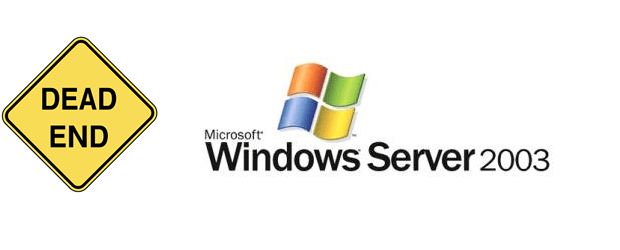Cloud migration is a hot topic as more enterprises look to take their on-premise or data centre applications to the public cloud. It’s an area where channel partners can play an important role, but helping customers decide which apps are cloud-worthy is no easy task.
As Brian Adler, director of enterprise architecture at RightScale, recently said during a webinar, there’s no “easy button” in making migration decisions. Adler provided details on how RightScale helps customers make such decisions, and the fact is sometimes an app is not suitable for the cloud. Many applications are perfectly suited to cloud environments, but depending on business impact and technical fit, they may be low-hanging fruit or longer-term migration projects.
During the “Cloud Migration and Portability Best Practices” webinar, Adler indicated the first thing to be done is a business impact assessment on applications used within an enterprise. The higher the business impact and the more fitting the app is to cloud infrastructure-as-a-service (IaaS), the higher the priority should be in migrating that application. On the other hand, low business impact and a difficult technical fit likely means an app should continue running on-premise or in a data centre.
In deciding whether an application is right for migration, applications suited to the cloud include those that can benefit from subscription-based pricing, as well as the agility and flexibility that come with the cloud. It’s easy to make the case for applications where the resource requirements are clearly defined, but more dynamic apps may present a budgeting problem. When an application’s resources can’t be predicted, it may more difficult for a customer to justify migrating it to a public cloud provider, Adler said.
Applications with strict licensing restrictions also present challenges. Adler indicated he has seen cases where apps are locked to particular servers or IP/MAC addresses, making them incredibly difficult to simply migrate to the cloud.
Other technical considerations are OS availability (Adler joked that an old OS/2-based app simply won’t have a home in the cloud), data and storage configurations, the challenges of moving massive amounts of data from one location to another (petabytes of data don’t migrate in a matter of hours) and networking.
“Networking is always, always tricky and should always, always be considered. This is where usually you stumble or get roadblocked,” Adler said. Some applications are reliant on particular networking configurations, so shifting the app to the cloud could result in it breaking.
Latency is another factor that needs to be taken into account. Although Adler said bandwidth is usually not a problem, the public cloud makes it difficult for many apps to hit desired latency targets. WAN acceleration can help in certain scenarios, but the technology isn’t a surefire cure to latency woes.
There are too many factors to make the decision to migrate an application to the cloud easy. That’s where partners may find opportunities as enterprises shift more of their resources to IaaS offerings.






Chris: enjoyed your article on cloud migration and value of channel partners! One of major things that most clients and vendors don’t factor in is not only the human change time and effort to design, plan, analyze and project manage a cloud migration. They all seem to forget the major skill set shift that IT professionals have to develop. By this I mean you have to move from managing technology elements such as services, applications, operations and support to being able to manage vendors – their performance, licensing and billing. This is no mean feat based on our 10 years of helping FOX GROUP clients move to the cloud plus our own 4 year journey from 100% on site for voice, all applications, including storage, messaging, accounting, etc. to 100% cloud. What a journey this has been. Keep up the good writing, and particularly doing it from the NWT! Lovely place with great people!